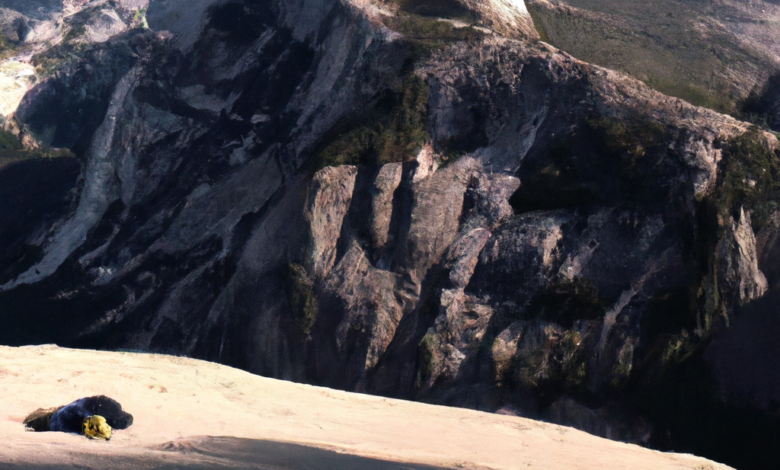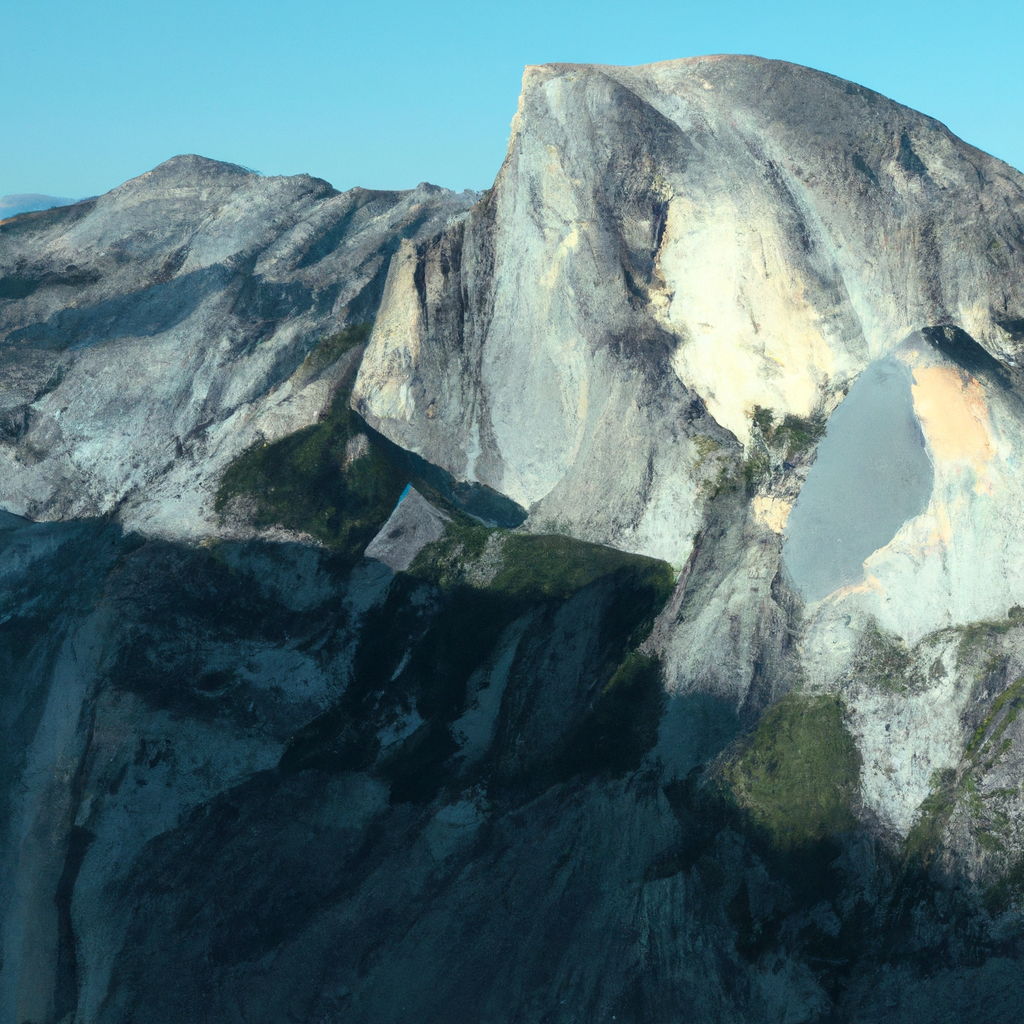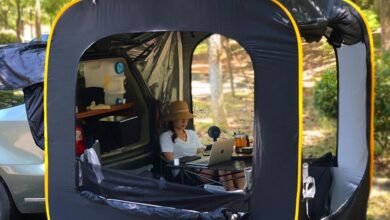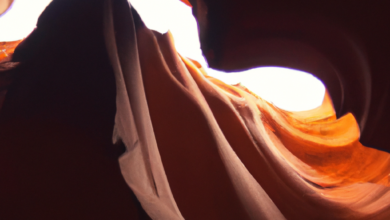Half Dome Deaths: How Many People Have Died On The Hike?

Half Dome, located in Yosemite National Park, is one of the most iconic and challenging hikes in the United States. With its sheer granite face and breathtaking views, it attracts thousands of hikers each year. However, the hike is not without its dangers, and unfortunately, there have been several fatalities over the years. In this article, we will explore the number of deaths on the Half Dome hike, the causes behind them, and the measures taken to ensure hiker safety.
The Number of Deaths
Since the 20th century, there have been a total of 13 recorded deaths on the Half Dome hike. The first recorded fatality occurred in 1919 when a hiker fell from the cables while attempting to summit the peak. The most recent death was in 2018 when a hiker slipped and fell from the cables during wet conditions. These incidents highlight the importance of caution and preparedness when undertaking this challenging hike.
Causes of Deaths
The majority of deaths on the Half Dome hike can be attributed to falls. The steep and exposed sections of the trail, particularly the ascent up the cables, pose significant risks. Slippery conditions, fatigue, and lack of proper equipment or experience can increase the likelihood of accidents. It is crucial for hikers to be aware of these risks and take appropriate precautions.
Another contributing factor to fatalities on the Half Dome hike is lightning strikes. Yosemite National Park is known for its frequent thunderstorms, and hikers caught in these storms are at risk of being struck by lightning. In 1985, two hikers were killed by lightning strikes while descending from Half Dome. It is essential for hikers to check weather forecasts and avoid hiking during thunderstorms to minimize this risk.

Safety Measures
Yosemite National Park has implemented several safety measures to reduce the number of accidents and deaths on the Half Dome hike. One of the most significant safety measures is the installation of cables along the final ascent to the summit. These cables provide support and aid hikers in navigating the steep and exposed section safely. However, it is important to note that the cables are only installed during the summer months when the trail is free of snow and ice.
In recent years, the National Park Service has also implemented a permit system to limit the number of hikers on the Half Dome trail. This system helps manage the trail’s congestion and ensures that hikers have a safer and more enjoyable experience. Permits can be obtained through a lottery system, and hikers are required to watch a safety video before attempting the hike.
Preparation and Safety Tips
While safety measures are in place, it is crucial for hikers to take personal responsibility for their safety on the Half Dome hike. Here are some preparation and safety tips to consider:
- Check the weather forecast before starting the hike and avoid hiking during thunderstorms.
- Wear appropriate footwear with good traction to navigate the steep and slippery sections of the trail.
- Carry enough water and snacks to stay hydrated and energized throughout the hike.
- Use hiking poles for stability and balance, especially during the ascent and descent.
- Take breaks and pace yourself to avoid fatigue and reduce the risk of accidents.
- Be mindful of other hikers on the trail and follow the instructions provided by park rangers.
Summary
The Half Dome hike in Yosemite National Park offers a thrilling and challenging experience for hikers. However, it is essential to be aware of the risks involved and take appropriate precautions. With 13 recorded deaths since the 20th century, falls and lightning strikes are the primary causes of fatalities on the hike. Yosemite National Park has implemented safety measures such as the installation of cables and a permit system to enhance hiker safety. By being prepared, following safety tips, and respecting the power of nature, hikers can enjoy the beauty of Half Dome while minimizing the risks associated with this iconic hike.




